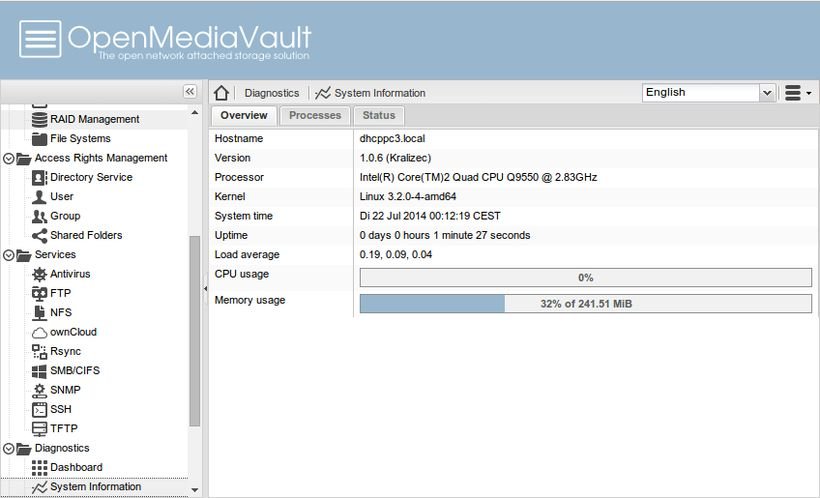

Contrary to past installations in Raspbian and a recent installation in Rasbpberry Pi OS, this was done with a single install ip aĢ: eno1: mtu 1500 qdisc pfifo_fast state UP group default qlen 1000ģ: wg0: mtu 1420 qdisc noqueue state UNKNOWN group default qlen wg Once logged in, I checked that WireGuard was not already present, and then just installed it from the buster-backports repository. In any case, the WireGuard installation requires root privileges, so this will eliminate the need for the sudo prefix usually needed when installing packages. That is why I logged in as root as shown above which is something I rarely do. I do not have experience with either of these approaches.Įven though a user was added in omv, made a member of the important groups ( users, adm, sudo etc.), no directory for that user was created in the home directory. There are recommendations to use Dockerized Wetty (weTTY in a Docker) as a replacement for the plugin. This is no longer available in omv 5 as far as I can determine. There was a plugin called shellinabox for just that purpose in omv 4. Perhaps those using a different desktop operating system might want to use a terminal emulator in a Web browser. Last login: Tue Mar 2 14:10:20 2021 from a terminal from a Linux desktop to the omv machine is very simple: all that is required is to press the hotkey combination (usually Alt T) to bring up a terminal emulator and then entering the ssh command as shown above. Individual files in /usr/share/doc/*/copyright.ĭebian GNU/Linux comes with ABSOLUTELY NO WARRANTY, to the extent

The exact distribution terms for each program are described in the
#OPEN MEDIA VAULT SOFTWARE#
The programs included with the Debian GNU/Linux system are free software In what follows, I opened an SSH session as root from a terminal on my ssh password: xxxxxx not shown on screen Given that this version of Debian was released on February 6, 2021, it was not too surprising that installing wireguard was quite straight forward. Version 5.6.1 of omv released Februis based on Debian 10.8 with version 5.10.0 of the Linux kernel. But when I wanted to install a WireGuard VPN, I had to return to the command line and use standard Debian tools. As recommended, all the configuration was done with the omv Web-based administration tool, including defining the host name ( vault in my case), setting up a static IP address, doing system updates and so on. Installing openmediavault on a second generation i5 computer was fairly straightforward following the instructions in the New User Guide - Getting Started with Openmediavault 5. This was a cursory search and I apologize to everyone whose contribution has been overlooked. That usually means juggling CA certificates and other complications, but there are advantages to this older VPN, although I will not go into that topic here. Many recommend disabling UPnP altogether, so perhaps one should forward the port manually or disable UPnP once WireGuard has been installed.įinally, I will mention the OpenVPN plugin, openmediavault-openvpn 5.1, found in the usual channel. If the henfri script is used, be aware that it uses UPnP to forward the necessary UDP port at the router. I have not used it as it is not as complete as the Adrian Mihalko script which has worked very well on a Raspberry Pi and works just as well in Debian. The discussion starts with an installation script by henfri. There is also a Jforum discussion WireGuard with omv Super-Easy by henfri with many replies. However, development seems to be halted since there has been only one commit in the last 18 months, and that was almost exactly a year ago. So I did a quick search and found the beta openmediavault-wireguard plugin. Someone had probably added WireGuard in omv. Editing the Server Configuration Template.Editing the Client Configuration Template.Creating and Editing the Server Definition File.Generating the Private and Public Server Keys.Installing the Adrian Mihalko User Management Script.Time will tell if changes to the VPN servers are required. The plan calls for the addition of a firewall, probably based on pfSense, and the segregation of devices into different VLANs (written, as if I know what I'm talking about!) Clearly, some thought will have to be given to remote access. In the near future, the local network will be revamped.


 0 kommentar(er)
0 kommentar(er)
